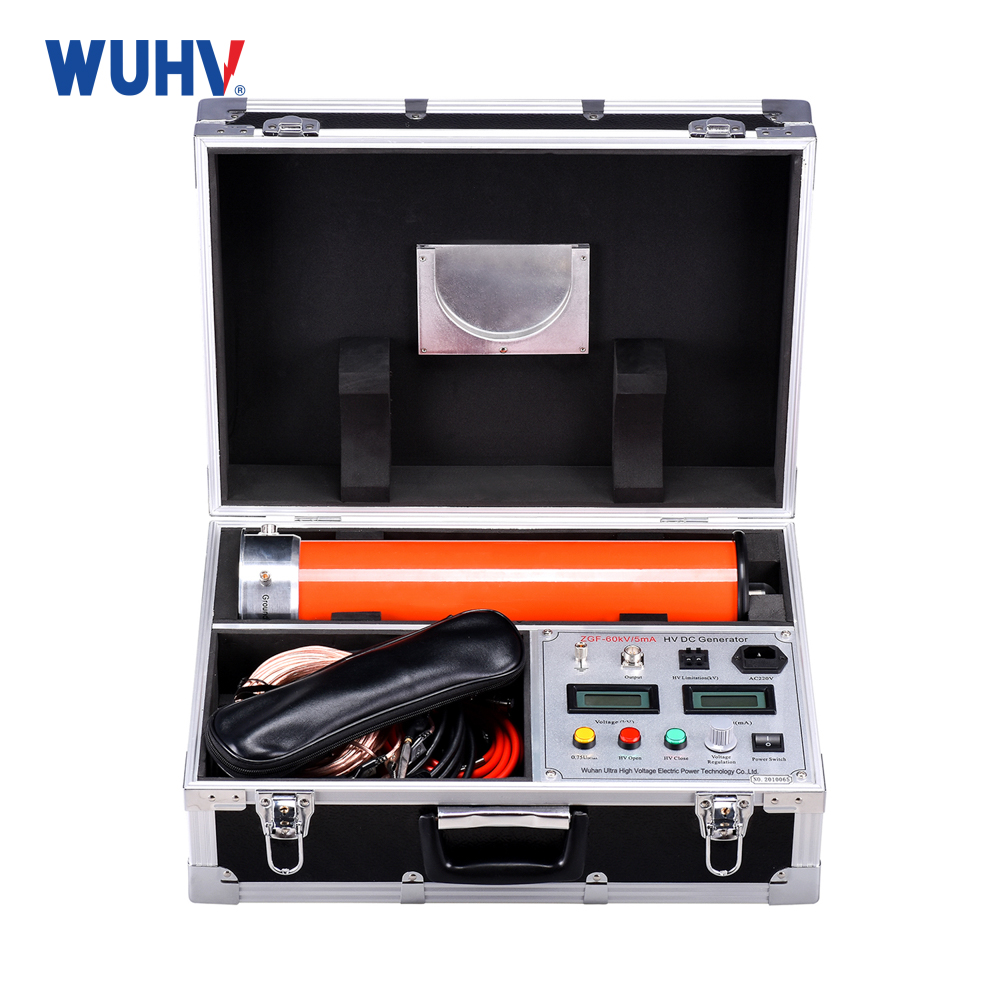TheAC Series Resonant Test Systemunder UHV power can help many power workers conduct various power tests more conveniently.
Resonance refers to the simple harmonic vibration in physics, where the acceleration of an object is proportional to the displacement from the equilibrium position and is always directed towards the equilibrium position by the restoring force. The dynamic equation is F=- kx. The phenomenon of resonance is that the current increases and the voltage decreases. The closer it is to the resonance center, the faster the ammeter, voltmeter, and power meter rotate, but the difference from short circuit is that there will be no zero sequence quantity.
In physics, there is a concept called resonance: when the frequency of the driving force is equal to the natural frequency of the system, the amplitude of the forced vibration of the system is maximized, and this phenomenon is called resonance. The resonance in a circuit actually means that when the excitation frequency in the circuit is equal to the natural frequency of the circuit, the amplitude of the electromagnetic oscillation in the circuit will also reach its peak. In fact, resonance and resonance express the same phenomenon. This phenomenon with the same essence has different names in different fields.
Resonance condition
The resonant circuit composed of an inductor L and a capacitor C in series is called a series resonant circuit. Where R is the total resistance of the circuit, i.e. R=RL+RC, where RL and RC are the resistances of the inductive and capacitive elements, respectively; Us is the voltage source voltage, and ω is the angular frequency of the power supply. Where X=ω L-1/ω C. Therefore, the modulus and argument of Z are obtained. When X=ω L-1/ω C=0, there is a value of φ=0, which means XL is the same as XC. At this point, we say that the circuit has resonated. The condition for the circuit to reach resonance is. The condition for the circuit to reach resonance is: X=ω L-1/ω C=0.
The radio utilizes the phenomenon of resonance. When turning the knob of the radio, it is changing the natural frequency of the circuit inside. Suddenly, at a certain point, the frequency of the circuit became equal to the frequency of the electromagnetic waves that were previously invisible in the air, and they resonated. The distant sound came from the radio. This sound is a product of resonance.
Resonant circuit
A circuit composed of an inductor L and a capacitor C that can resonate at one or several frequencies is collectively referred to as a resonant circuit. In electronic and radio engineering, it is often necessary to select the electrical signals we need from many electrical signals, while suppressing or filtering out the electrical signals we do not need. Therefore, a selection circuit, namely a resonant circuit, is needed. On the other hand, in power engineering, certain hazards such as overvoltage or overcurrent may occur due to resonance in the circuit. Therefore, the study of resonant circuits is of great significance both in terms of utilization and in terms of limiting their harm.




















